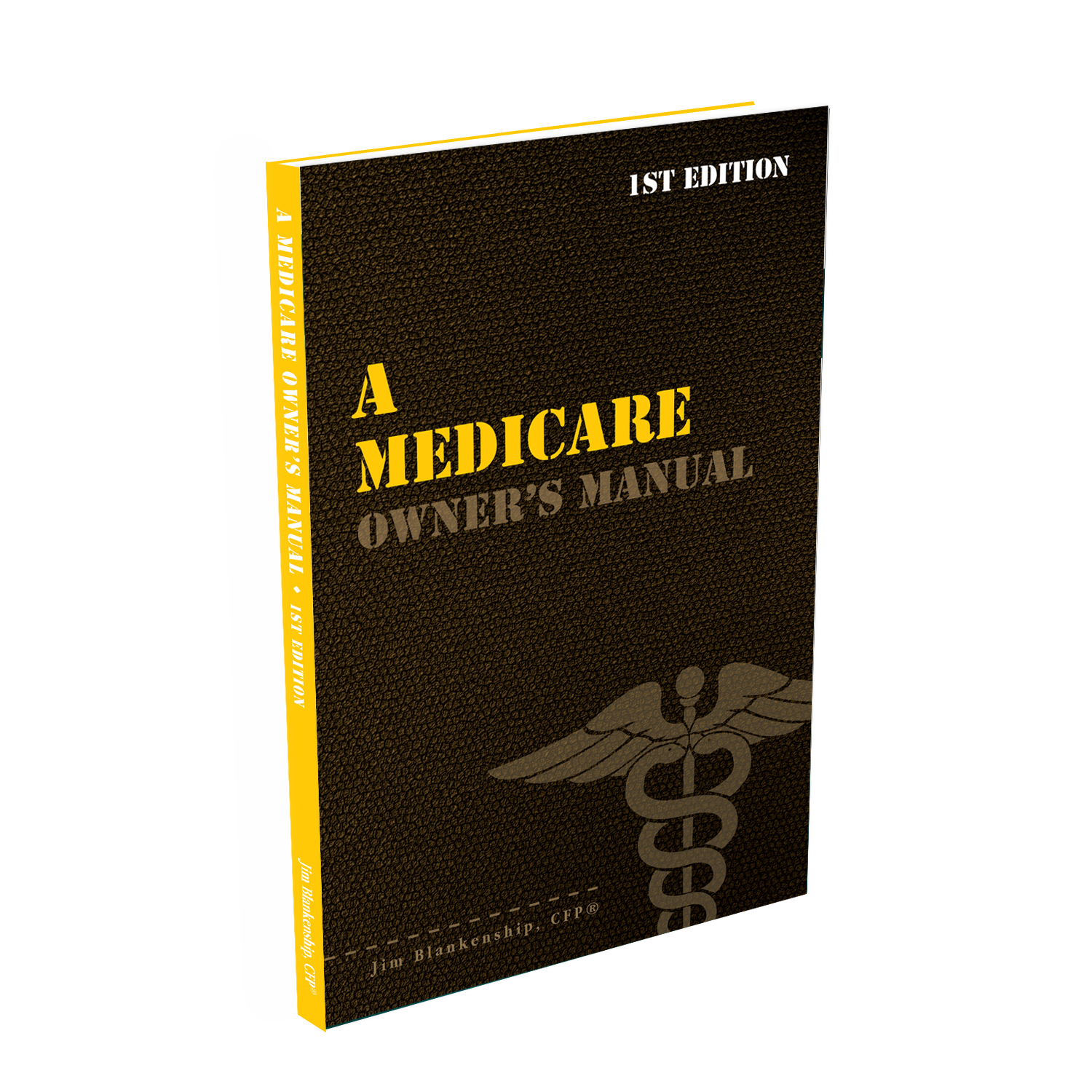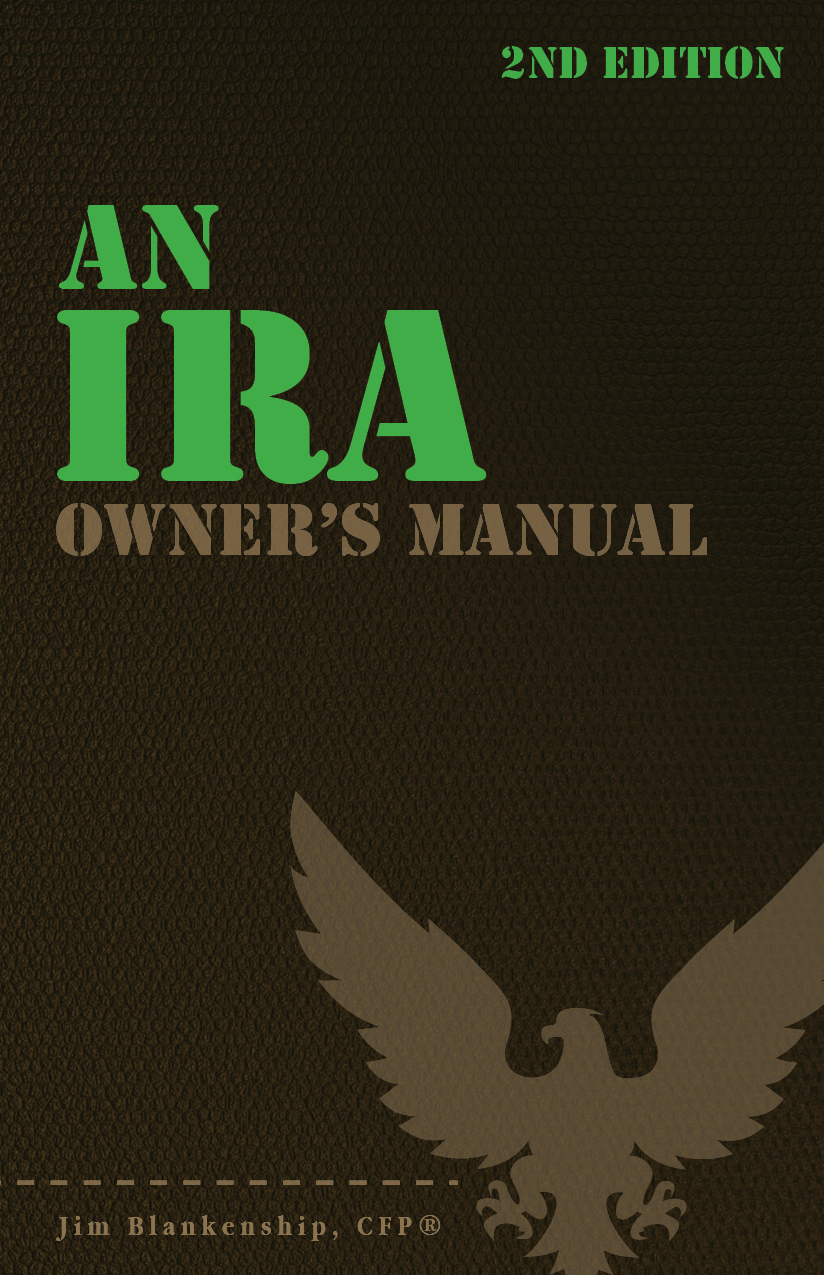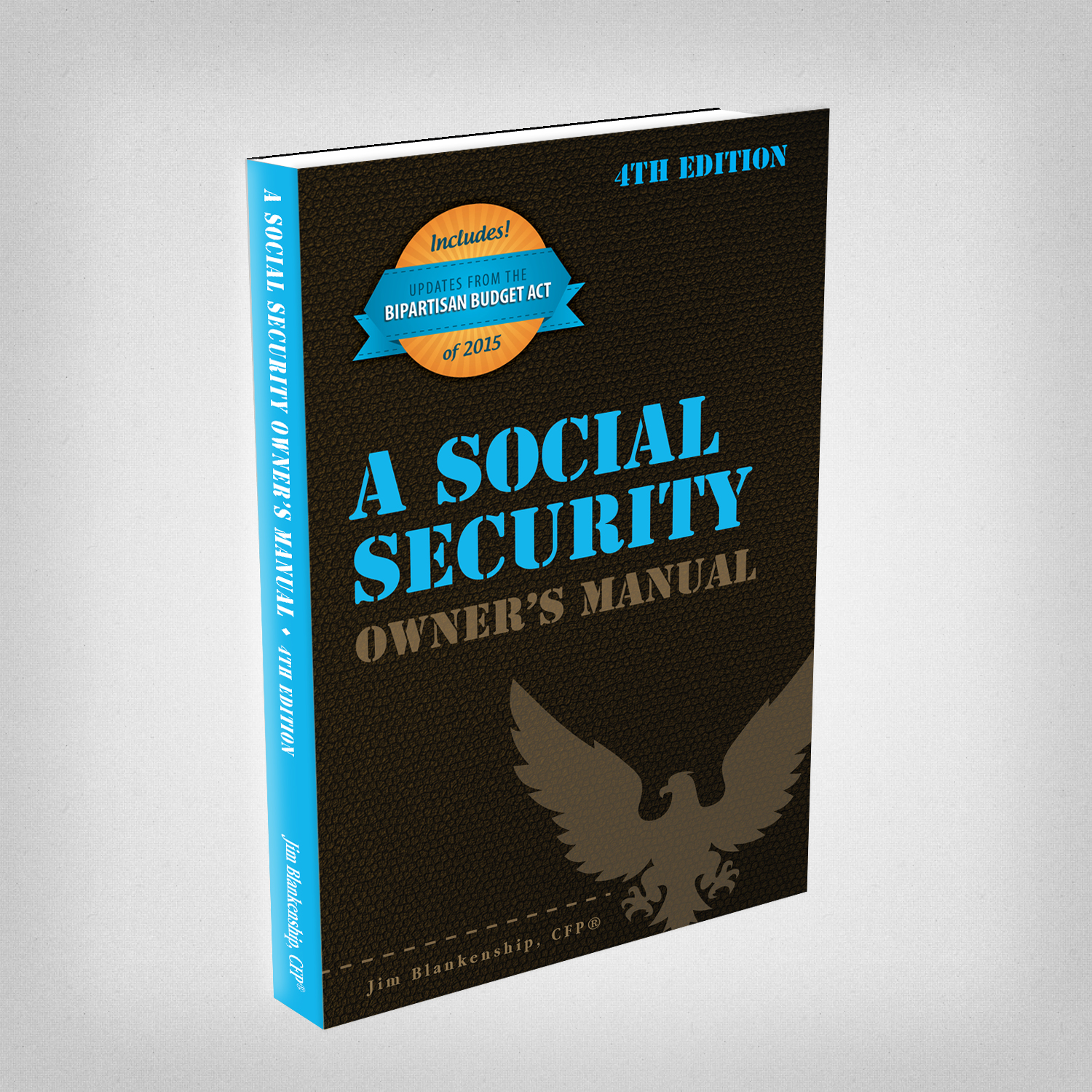 Recently, the IRS just announced the contribution limits for 401k plans (including 403b and 457 plans) as well as IRAs. Additionally, the IRS also announced changes to the income phase-outs for traditional IRA deductibility and Roth IRA eligibility.
Recently, the IRS just announced the contribution limits for 401k plans (including 403b and 457 plans) as well as IRAs. Additionally, the IRS also announced changes to the income phase-outs for traditional IRA deductibility and Roth IRA eligibility.
Let’s start with the 401k plans. For 2018, the IRS increased the contribution limits to $18,500, up $500 from $18,000 last year. The catch-up contribution for those age 50 or over remains unchanged at $6,000. $500 may not seem like much, but think of it this way – you get to give yourself a $500 raise!
For those interested in maxing out their 401k plans in 2018, here’s the breakdown depending on whether you’re paid monthly, 24 weeks per year or 26 weeks per year. If you’re paid monthly, the contribution is $1,541.66. This brings you just eight cents under the $18,500 max annually. If you’re paid 24 weeks per year, then the amount per paycheck is $770.83. If paid every 26 weeks, it’s about $711.53. For those over age 50 the breakdown is $2,041.66, $1,020.83, and $942.30 respectively.
Since contribution limits for IRAs remains unchanged, the maximum monthly amount is $458.33 (if saving monthly) and $541.66 for those age 50 and over. Of course, if you can save the $5,500 or $6,500 all at once at the beginning of the year, that’s ideal. If not, just max it out however you can.
Deductible IRA contributions phase-outs have changed as well. For single individuals covered by a workplace retirement plan, the income phase-out is $63,000 to $73,000. Married couples filing jointly, where the IRA contributor is covered by a workplace plan, the income phase-out is $101,000 to $121,000. For married couples filing jointly, here the IRA contributor is not covered by a workplace plan but their spouse is, the income phase-out is $189,000 to $199,000.
Finally, Roth IRA eligibility phase-outs have changed as well. For single (and head of household) individuals, the income phase-out is $120,000 to $135,000. For married filing jointly couples, the income phase-out is $189,000 to $199,000.
Ideally, a single individual (under age 50) with a 401k and IRA could save $24,000 annually if maxing out both. Married couples in the same situation could save $48,000. If over age 50, an individual could save $31,000 and a married couple could save $62,000 by maxing out both their 401k and IRA.


 Sterling Raskie, MSFS, CFP®, ChFC®
Sterling Raskie, MSFS, CFP®, ChFC® The latest in our Owner’s Manual series, A 401(k) Owner’s Manual, was published in January 2020 and is available on
The latest in our Owner’s Manual series, A 401(k) Owner’s Manual, was published in January 2020 and is available on  A Medicare Owner’s Manual, is updated with 2020 facts and figures. This manual is available on
A Medicare Owner’s Manual, is updated with 2020 facts and figures. This manual is available on  Social Security for the Suddenly Single can be found on Amazon at
Social Security for the Suddenly Single can be found on Amazon at  Sterling’s first book, Lose Weight Save Money, can be
Sterling’s first book, Lose Weight Save Money, can be  An IRA Owner’s Manual, 2nd Edition is available for purchase on Amazon. Click the link to choose the
An IRA Owner’s Manual, 2nd Edition is available for purchase on Amazon. Click the link to choose the  Jim’s book – A Social Security Owner’s Manual, is now available on Amazon. Click this link for the
Jim’s book – A Social Security Owner’s Manual, is now available on Amazon. Click this link for the  And if you’ve come here to learn about queuing waterfowl, I apologize for the confusion. You may want to discuss your question with Lester, my loyal watchduck and self-proclaimed “advisor’s advisor”.
And if you’ve come here to learn about queuing waterfowl, I apologize for the confusion. You may want to discuss your question with Lester, my loyal watchduck and self-proclaimed “advisor’s advisor”.